Use Of MicroAlgae in Aquaculture
WHAT IS AQUACULTURE??????????
•Aquaculture is the farming and husbandry of aquatic organisms such as fish, crustaceans, molluscs and aquatic plants.. under controlled or semi-controlled conditions.
Aquaculture involves cultivating freshwater and saltwater populations.
•It is a very important economic activity and a flourishing sector with varied resources and potentials.
The base of the food chain in the marine environment comprises Phytoplankton
• Phytoplankton is the main producer in aquatic environment
• Most frequently used in commercial culture operations
WHAT IS MICROALGAE?????????
It is commonly known as phytoplankton • Also referred to as, planktonic algae
Produce mass quantities of zooplankton
(rotifers, copepods, brine shrimp)
This zooplankton serves as food source for larval and early-juvenile stages of crustaceans and fish
MAJOR CLASSES OF CULTURED ALGAE SPECIES
•More than 40 different species are isolated and cultured as pure strains in intensive systems
•Currently used
8 major classes and 32 genera
SPECIES COMMONLY USED IN AQUACULTURE (a)
•CHLOROPHYCEAE – green algae
-Chlorella salina (8 μm)
-Chlorella sp.
-Dunaliella sp.
-Nannochloris atomus (4 μm)
•PRASINOPHYCEAE – greenish coloured algae
-Tetraselmis chui (14 μm)
-Tetraselmis suecica ( 12μm)
•EUSTIGMATOPHYCEAE – greenish yellow algae
-Nannochloropsis oculata ( 3 μm)
-Nannochloropsis sp. (4 μm)
-Nannochloropsis gaditana (4 μm)
(b)
•PRYMNESIOPHYCEAE - golden brown flagellates
-Isochrysis galbana (7 μm)
-Isochrysis sp. (Tahitian) (9 μm)
-Monochrysis
-Pavlova lutheri (7 μm)
•CRYPTOPHYCEAE – naked flagellates
-Rhodomonas sp. (17 μm)
-Chroomonas salina (17 μm)
•BACILLARIOPHYCEAE – diatoms
-Chaetoceros calcitrans (5 μm)
-Skeletonema costatum (9 μm)
-Thalassiosira pseudonana (9 μm)
VARIOUS ALGAL SPECIES
NUTRITIONAL VALUE OF MICROALGAE
Depends on
1.Cell size
2.Digestibility
3.Production of toxic compounds
4.Biochemical composition
5.Their marked differences in the compositions of
the micro-algal classes and species
USE OF MICROALGAE IN AQUACULTURE
•Bivalve molluscs
Intensive rearing of bivalves relied on the production of live algae
Comprises on average 30% of the operating costs in a bivalve hatchery
•Pinhead shrimp
Added during the non-feeding nauplius stage algae available immediately upon molting into the protozoea stage.
Marine fish
"Green Water Technique" part of the commonly applied techniques for rearing larvae of Gilthead seabream Sparus aurata
Milkfish Chanos chanos
Halibut Hippoglossus hippoglossus
EFFECT OF THE PRESENCE OF MICRO-ALGAE IN THE LARVAL REARING TANK
Stabilizing the water quality in static rearing systems(remove metabolic by-products, produce oxygen);
A direct food source through active uptake by the larvae with the polysaccharides present in the algal cell walls possibly stimulating the non-specific immune system in the larvae
An indirect source of nutrients for fish larvae through the live feed (i.e. by maintaining the nutritional value of the live prey organisms in the tank)
Microbial control by algal exudates in tank water and/or larval gut
USE OF ALGAE IN AQUACULTURE
At the basis of the natural food chain, microalgae play a key role in aquaculture, especially in mariculture, being the food source for larvae of many species of mollusks, crustaceans and fish. In addition, microalgae serve as a food source for zooplankton production (rotifers, copepods), which in turn are used as feed for rearing fish larvae.
FEED FORMULATION
The addition of astaxanthin-containing microalgae to feed formulations enhances the color of the muscles of Salmonids.
Furthermore, the color-enhancing effects of phycocyanin-containing Spirulina biomass or carotenoids from Dunaliella were exploited in ornamental fish.
VALUABLE SUBSTANCES FROM MICROALGAE
•Polyunsaturated fatty acids
Humans and animals are not able to synthesize PUFA. Besides being a primary source of PUFA, these fatty acids from microalgae have further advantages over fish oils, such as the lack of unpleasant odor, reduced risk of chemical contamination (toxin bioaccumulation by fish) and better purification potentials.
•Antioxidants
Due to their phototrophic life, microalgae are exposed to high oxygen and radical stress. This has resulted in the development of numerous efficient protective systems against oxidative and radical stressors.
•Coloring Products
Microalgae contain a multitude of pigments which are associated with light incidence.
The pigments improve the efficiency of light energy utilization (phycobiliproteins) and protect them against solar radiation (carotenoids).
– β-Carotene from Dunaliella in health food as a vitamin A precursor
– Astaxanthin from Haematococcus in aquaculture for coloring muscles in fish
– Lutein, zeaxantin and canthaxantin for chicken skin coloration, or for pharmaceutical purposes
The addition of astaxanthin-containing microalgae to feed formulations enhances the color of the muscles of Salmonids.
Furthermore, the color-enhancing effects of phycocyanin-containing Spirulina biomass or carotenoids from Dunaliella were exploited in ornamental fish.
– Phycobilliproteins for food and cosmetics coloration, and medical applications
Thanks for reading, hope you enjoyed this post....
Eric™ #Biotechnologist
#stemng @steemstem @greenrun @samminator @utopian-io @gentleshaid
😊😊😊
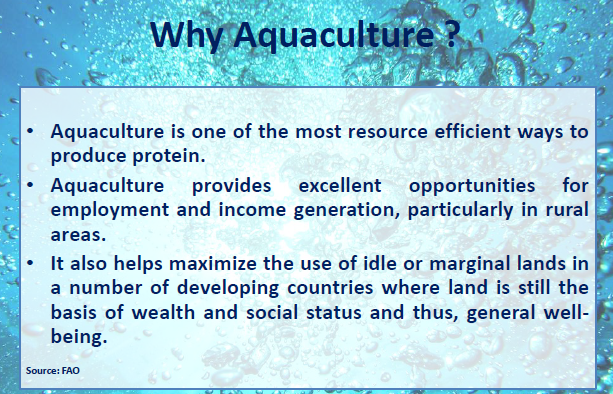
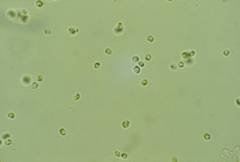
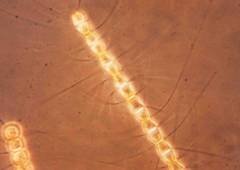
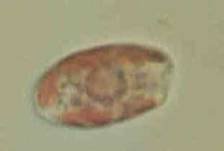
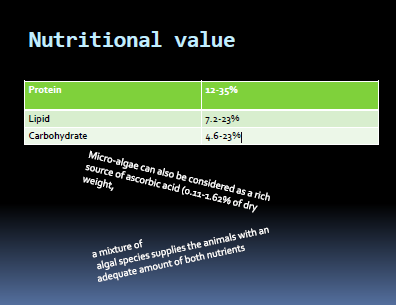
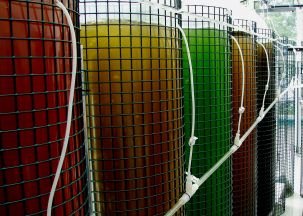
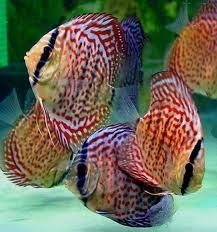
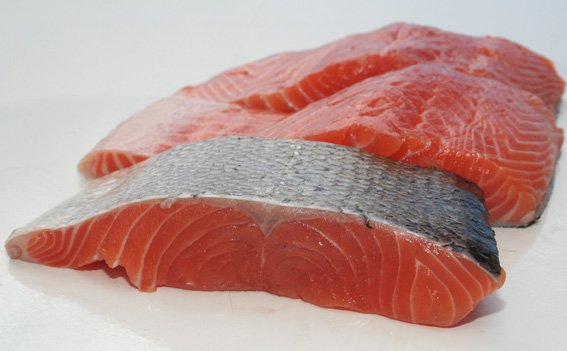
Hello @inkymegod, Welcome to steemit and steemit. Copying and pasting other people's work is plagiarism and is not a welcome practice in the community. The only way to succeed is to write original articles devoid of copyright infringement. For more details you may join the stemng on discord here https://discord.gg/mBd8SQ. Thank you.
Thanks, I do my researches for my post, still an undergraduate studying Biotechnology